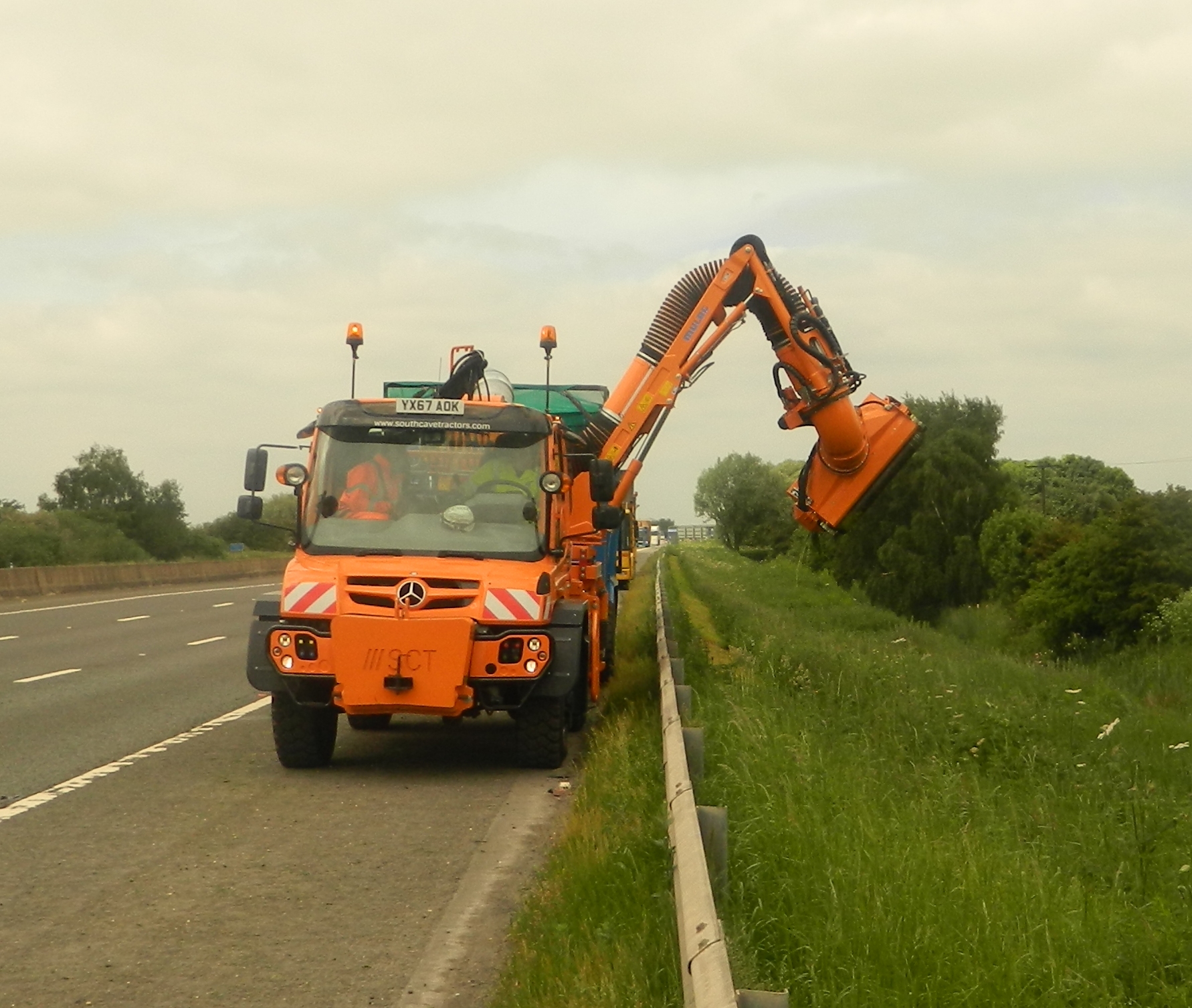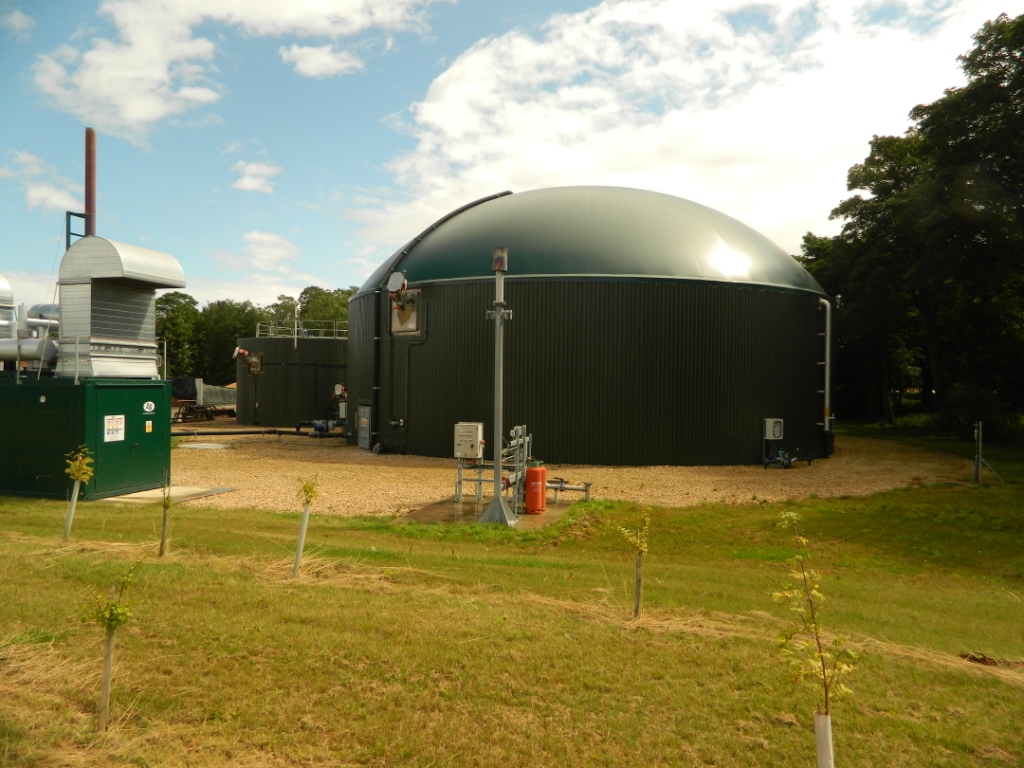Managing the soft verge landscape around the motorway network presents opportunities as well as challenges to the bodies responsible for maintenance. Any vegetation management produces biomass that has hitherto presented disposal issues and consequentially such operations have been kept to a minimum. Over the years minimal management has allowed scrub to encroach on many verges and the diversity of plant and invertebrate populations have suffered.
However following partnership work between the Yorkshire Wildlife Trust’s ‘Green Transport Corridors Project’ and Highways England Area 12, several stretches of verge in South Yorkshire and North Lincolnshire were identified with potential for biodiversity enhancement in the Humberhead Levels area. One of these – between Junctions 1 and 2 of the M180 just east of Doncaster – were identified as being well placed to trial biomass harvesting for anaerobic digestion.
Peakhill Associates is currently working with Highways England and AOne+, its M180 maintenance contractor, on an assessment the feasibility of a Cut and Collect biomass harvest system for motorway verges. The work involved both practical assessment of current status of the verge biomass as an asset and how other project knowledge accrued by Peakhill Associates could be applied to the the soft landscape of the motorway Network.


